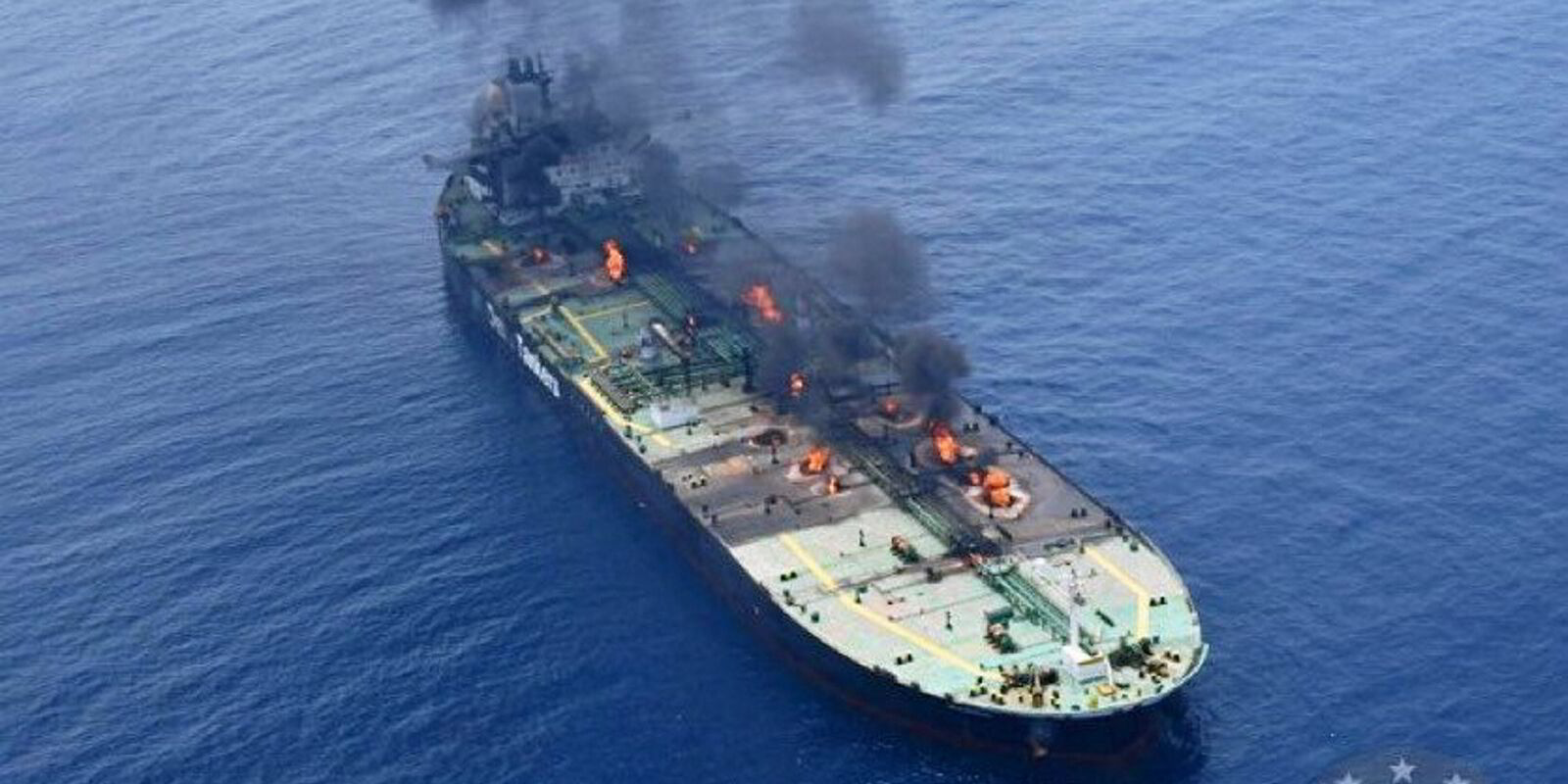The amount of oil carried on tankers through the southern entrance to the Red Sea has more than halved in the first eight months of 2024.
Drawing on data from Vortexa, the latest report from the US Energy Information Administration (EIA) shows the effect of sustained Houthi attacks on vessels in the region.
The analysis looked at transits through the Bab el-Mandeb strait chokepoint.
As many ships take a longer route around South Africa, oil shipments through Bab el-Mandeb averaged 4m barrels per day in 2024 to the end of August, compared with 8.7m bpd over the whole of 2023.
Tanker volumes around the Cape of Good Hope increased to 9.2m bpd from 6m bpd.
The IEA also said Western sanctions have constrained Iranian oil production.
The Strait of Hormuz chokepoint in the Middle East Gulf had oil flows averaging 20.9m bpd in 2023, equivalent to about 20% of global petroleum liquids consumption.
About 20% of global LNG trade also transited the Strait of Hormuz last year.
The IEA did not give figures for 2024.
Iran ranked as the world’s third-largest oil and second-largest natural gas reserve holder last year.
“Crude oil is traded globally, and regional impacts on international energy trade can have global price implications,” the IEA said.
“Escalated tensions in the Middle East have increased the geopolitical risk for global oil price benchmarks in recent weeks.”
Following Iran’s missile attack on Israel on 1 October, the price of the international benchmark Brent crude rose, hitting $81 per barrel six days later.




